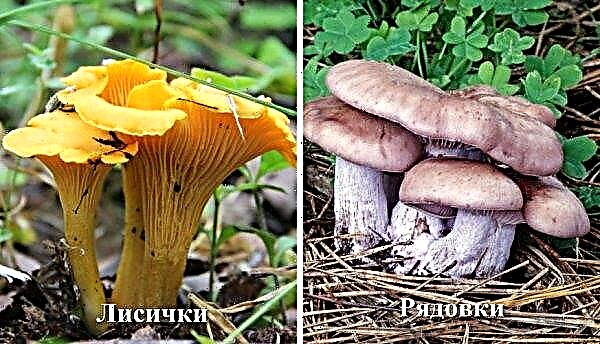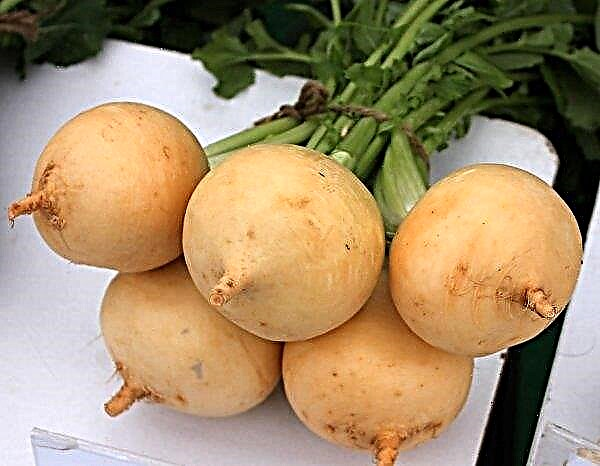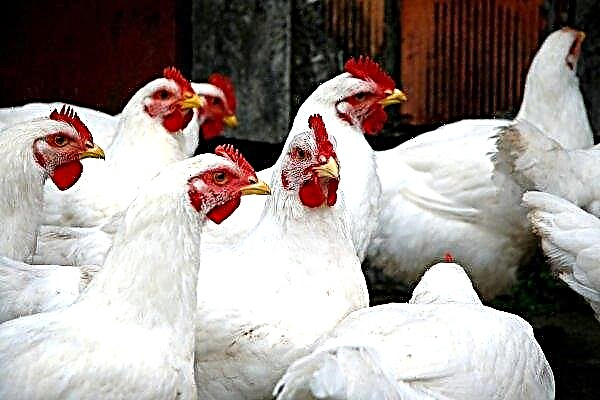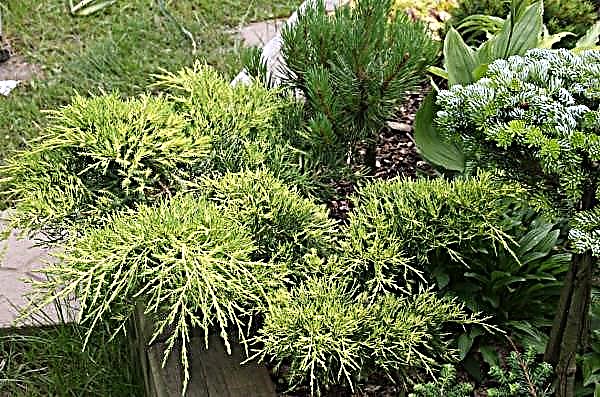Due to brown potato rot discovered in the village of Zabarovka, Koryukovsky district, Chernihiv region, a quarantine regime was introduced.
This is reported by the State Food and Beverage Service. According to the service, the centers of distribution of brown rot of potato (Ralstonia solanacerum (Smith) Yabuuchi et al.) Were found in the Koryukovsky district within the village of Zabarovka on a total area of 15.81 hectares.
Further phytosanitary measures include the localization and elimination of foci of the quarantine organism. It is forbidden to export products infected with quarantine organisms from the quarantine zone.
Brown rot affects up to 200 species of plants. Particularly sensitive are solanaceous plants: potatoes, tomatoes, tobacco, eggplant. Crop losses can exceed 30-50%.

Harmfulness manifests itself in a sharp decrease in tuber germination, which leads to a strong thinning of the plantings, sometimes a 40-50% significant lag of plants in growth, a decrease in the number of stems, rotting of tubers in the field and during storage, and a decrease in potency.
The main source of brown bacterial rot is infected soil, inside which the pathogen can be stored for a long time. Bacteria penetrate into tubers through wounds on the roots and stems, as well as through stomata and stolons.
Insects and nematodes facilitate the spread of the disease in the soil, which is facilitated by increased soil moisture. When the pathogen penetrates into the aerial parts of the plant, it quickly multiplies rapidly in them, penetrates into the vessels and fills them with brown mucus, which leads to withering.

If the affected stem is placed in a container with water, it will become noticeable how brown mucus flows from it. Using this method, bacterial wilting can be quickly distinguished from that caused by fungi.












